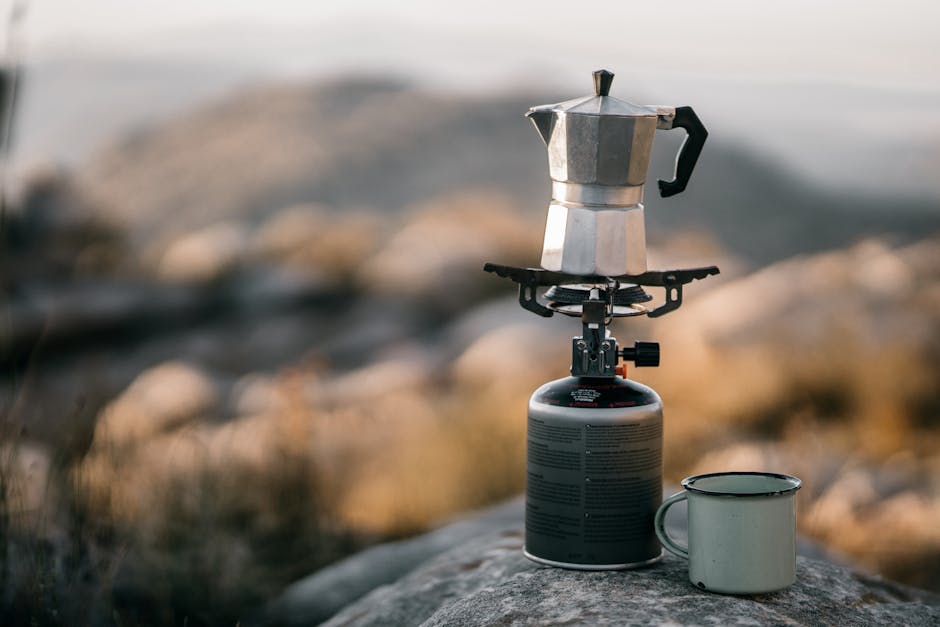Introduction: Coffee Pods versus Traditional Brewing
Coffee pods or traditional brewing. Coffee pods have gained popularity for their convenience, but let’s not overlook the traditional brewing methods. Both have their strengths and weaknesses. Coffee pods provide a quick cup of coffee with minimal cleanup, while traditional brewing methods allow for more control over the brewing process and the use of fresh grounds. In this blog, we will explore the differences between these two brewing methods and help you determine which one suits your coffee preferences.
Types of Coffee Pods Available
Coffee pods are available in various types to suit different preferences. Some common types include:
- Single-serve pods: Designed for one cup of coffee, convenient for those who prefer a quick and easy brewing process.
- Espresso pods: Specifically made for brewing a strong shot of espresso, ideal for espresso lovers.
- Flavored pods: Infused with various flavors such as vanilla, hazelnut, or caramel, catering to those who enjoy a flavored coffee experience.
- Decaf pods: Suitable for individuals seeking the taste of coffee without the caffeine content.
- Organic pods: Made from organically grown coffee beans, appealing to those who prioritize organic products.
- Variety packs: Contain a mix of different coffee pod types, allowing for sampling and exploration of various coffee flavors.
Benefits of Using Coffee Pods
Coffee pods offer convenience by providing a quick and mess-free way to brew your morning cup of joe. They also come in a variety of flavors, allowing you to easily switch between different types of coffee without the need to buy separate bags of beans. Additionally, using coffee pods can save you time in the morning by eliminating the need to measure out coffee grounds, grind beans, or deal with filters.
Drawbacks of Coffee Pods
Unfortunately, coffee pods are not environmentally friendly since they contribute to more waste compared to traditional brewing methods. The convenience of pods comes at a cost, with each pod being a single-use item that ends up in landfills. Additionally, coffee pods can be more expensive per cup when compared to using ground coffee or whole beans. The lack of freshness in pre-packaged pods may also affect the taste of your coffee. It’s important to consider these drawbacks before committing to using coffee pods for your daily brew.
Exploring Traditional Brewing Methods
Traditional brewing methods like pour-over, French press, or espresso machines involve manual preparation and allow for more control over the brewing process. Each method provides a unique taste profile, with nuances that coffee pods may not capture. Additionally, traditional methods can be more environmentally friendly as they typically generate less waste compared to single-use coffee pods. Exploring these methods can offer a deeper appreciation for the art of coffee-making and the varied flavors that can be achieved.
Flavor Comparison between Coffee Pods and Traditional Brews
Coffee pods offer a convenient way to make a quick cup of coffee, but some argue that the flavor doesn’t quite match up to traditionally brewed coffee. The taste of coffee from pods can sometimes be seen as less robust and complex compared to coffee brewed using traditional methods. The pods contain pre-ground coffee that may not have the same freshness as coffee beans ground just before brewing. Traditional brewing methods, such as pour-over or French press, allow for more control over factors like water temperature and brewing time, which can affect the final flavor of the coffee. Ultimately, the flavor comparison between coffee pods and traditional brews comes down to personal preference and the importance you place on the nuances of coffee taste.
Convenience Factor: Pods versus Traditional Brewing
Pod coffee machines offer the convenience of quick and easy brewing, without the need for measuring coffee grounds. Pods come pre-measured and ready to use, making them ideal for those who value speed and simplicity in their morning routine. On the other hand, traditional brewing methods require more time and effort to measure, grind, and brew the coffee. While traditional brewing may offer more flexibility in flavor customization, pod machines are unbeatable when it comes to convenience.
Cost Analysis: Coffee Pods versus Traditional Brewing
Coffee pods are convenient but can be more expensive than traditional brewing methods. On average, a single coffee pod can cost around 50 cents to 70 cents, whereas brewing coffee traditionally can cost as little as 10 cents to 25 cents per cup. Over time, this difference can add up, especially for daily coffee drinkers. The cost-effectiveness of each method will depend on how frequently you consume coffee and your personal preference.
Environmental Impact of Coffee Pods
Coffee pods, while convenient, can have a significant environmental impact. Most coffee pods are made of plastic or aluminum, which are not easily biodegradable. This can contribute to the growing issue of waste pollution. In contrast, traditional brewing methods typically produce less waste since they often involve reusable filters or biodegradable coffee grounds that can be composted. If you’re looking to reduce your environmental footprint, considering the impact of your coffee pod consumption is essential.
Making the Choice: Coffee Pods or Traditional Brewing?
When deciding between coffee pods and traditional brewing methods, consider your preferences and convenience. Coffee pods are quick and easy to use, providing a variety of flavors conveniently. On the other hand, traditional brewing methods allow for more control over the brewing process and may result in a richer taste. Coffee pods are ideal for those who prioritize speed and simplicity, while traditional brewing methods are for those seeking a more customizable and traditional coffee experience. Selecting between the two comes down to your daily routine and your desired coffee experience.




